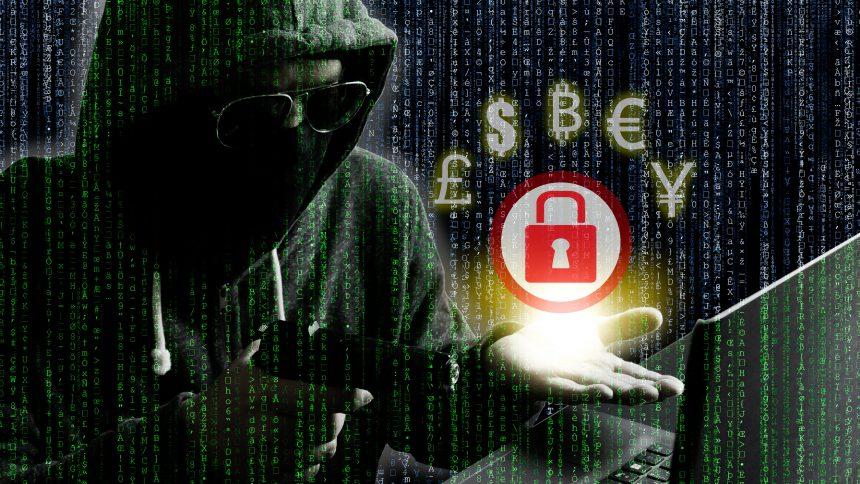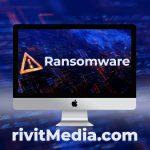Lexus ransomware, like many other malicious software, poses a significant threat to individuals and organizations alike. This insidious form of malware encrypts files on the victim’s system, rendering them inaccessible until a ransom is paid to the attackers. Understanding the actions, consequences, and removal procedures for Lexus ransomware is crucial for mitigating its impact and protecting against future infections.
Actions and Consequences of the Lexus Ransomware
Upon infecting a system, Lexus ransomware swiftly encrypts files using strong cryptographic algorithms, making them unreadable without the decryption key held by the attackers. This can include a wide range of files, from documents and images to databases and archives. Once the encryption process is complete, the ransomware typically displays a ransom note, demanding payment in exchange for the decryption key. Failure to comply with these demands often results in permanent loss of access to the encrypted files.
The full text of the ransom note left by the Lexus Ransomware:
‘Your data is encrypted and downloaded!
Unlocking your data is possible only with our software.
Important! An attempt to decrypt it yourself or decrypt it with third-party software will result in the loss of your data forever.
Contacting intermediary companies, recovery companies will create the risk of losing your data forever or being deceived by these companies.
Being deceived is your responsibility! Learn the experience on the forums.
Downloaded data of your company.
Data leakage is a serious violation of the law. Don’t worry, the incident will remain a secret, the data is protected.
After the transaction is completed, all data downloaded from you will be deleted from our resources. Government agencies, competitors, contractors and local media
not aware of the incident.
Also, we guarantee that your company’s personal data will not be sold on DArkWeb resources and will not be used to attack your company, employees
and counterparties in the future.
If you have not contacted within 2 days from the moment of the incident, we will consider the transaction not completed.
Your data will be sent to all interested parties. This is your responsibility.
Contact us.
Write us to the e-mail:emily.florez@zohomail.com
In case of no answer in 24 hours write us to this e-mail:Barbara.li@gmx.com
Write this ID in the title of your message: –
If you have not contacted within 2 days from the moment of the incident, we will consider the transaction not completed.
Your data will be sent to all interested parties. This is your responsibility.
Do not rename encrypted files
Do not try to decrypt your data using third party software, it may cause permanent data loss.
Decryption of your files with the help of third parties may cause increased price (they add their fee to our) or you can become a victim of a scam.’
Detection Names and Similar Threats
Lexus ransomware may be detected by various antivirus and antimalware programs under different names, including but not limited to:
- Trojan-Ransom.Win32.Lexus
- Ransom:Win32/Lexus.A
- W32/Filecoder.Lexus!tr
Similar threats to Lexus ransomware include other strains of ransomware such as WannaCry, Ryuk, and GandCrab, which operate on similar principles of file encryption and ransom demands.
Removal Guide
Removing Lexus ransomware from an infected system requires careful steps to ensure complete eradication. Follow these comprehensive removal instructions:
- Enter Safe Mode: Restart your computer and press F8 repeatedly before the Windows logo appears. Select “Safe Mode” from the boot options menu.
- Identify Malicious Processes: Open Task Manager by pressing Ctrl + Shift + Esc. Look for any suspicious processes or applications running and end them.
- Delete Temporary Files: Press Win + R, type “%temp%” and press Enter. Delete all files in the temporary folder that opens.
- Uninstall Suspicious Programs: Go to Control Panel > Programs > Uninstall a Program. Uninstall any recently installed or suspicious programs.
- Scan with Antivirus Software: Use a reputable antivirus or antimalware program to perform a full system scan and remove any detected threats, including Lexus ransomware components.
- Restore from Backup: If possible, restore encrypted files from a backup created before the infection occurred.
- Reset System Settings: Resetting your system to its default settings can help remove any lingering traces of the ransomware. Go to Settings > Update & Security > Recovery, and select “Reset this PC.”
Prevention Tips
Preventing Lexus ransomware infections and similar threats requires a proactive approach to cybersecurity. Consider implementing the following best practices:
- Regularly Backup Files: Maintain regular backups of important files to mitigate the impact of ransomware attacks.
- Keep Software Updated: Ensure that your operating system and all installed software are up to date with the latest security patches and updates.
- Exercise Caution Online: Avoid clicking on suspicious links, downloading attachments from unknown sources, or visiting untrustworthy websites.
- Use Antivirus Software: Install reputable antivirus or antimalware software and keep it updated to detect and block ransomware threats.
- Enable Firewall Protection: Activate the firewall on your system to prevent unauthorized access and communication with malicious servers.
By understanding the actions of Lexus ransomware, implementing effective removal procedures, and following prevention tips, individuals and organizations can better protect themselves against this pervasive cyber threat.





